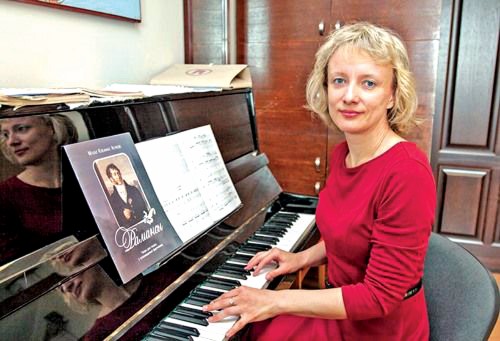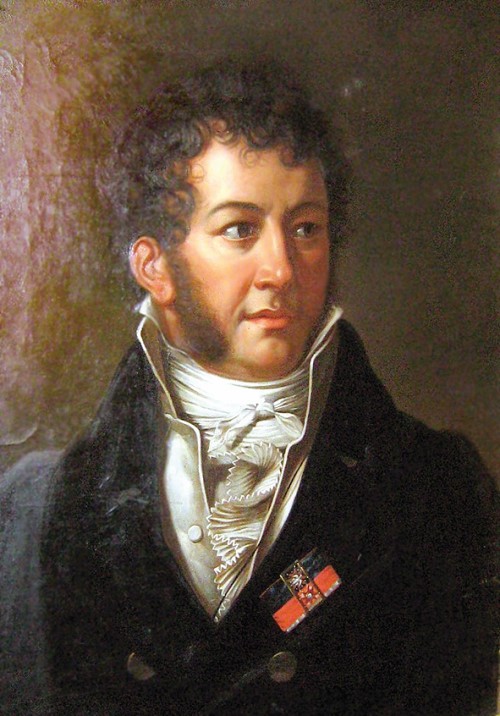
Svetlana Nemogay
Svetlana, what surprises have Michal Oginski’s archives brought us?
I’ve worked with the musical section of the archives, which were returned from Russia. Oginski’s documents and notes can be found all over the globe. Many were preserved at the Lithuanian Historical Archives and a great number of documents are kept at his Zalesie mansion, including the Oginskis’ musical albums and polonaise sheet music. In turn, documents belonging to his daughters — Amelia and Emma — are kept at Krakow’s Jagiellonian Library. Over the past decade, we’ve gained new understanding of Michal Oginski’s musical legacy, thanks to our diverse discoveries.
Tell us more.
Until recently, encyclopaedias stated that Oginski composed 17 ballads; not long ago, we discovered a unique edition of his ballads, at Moscow’s Russian State Library. His first was published in 1802, in St. Petersburg: by Michal’s teacher, Józef Kozłowski. We’ve been able to add ten new vocal works by Oginski to our inventory. He composed in so many genres, including chansons, canzonets and villanelles. Moreover, until recently, we believed that he’d composed only three marches: we now have five.
Many only know him for one composition.

His ‘Farewell to Homeland’ is truly a work of genius. Unsurprisingly, Oginski is associated exclusively with this polonaise in the mind of many. However, this polonaise brought him fame to only after his death. As legend says, Michal Kleofas was leaving his home town of Zalesie by carriage when the melody came to him. Of course, this isn’t true.
Do you know the real story?
The first edition of his ‘Farewell to Homeland’ was composed in 1831, two years before his death. Despite its popularity, the polonaise is probably Oginski’s most mysterious work, and was probably composed as an artistic reflection on the 1830-1831 rebellion. Oginski stayed in Florence, printing his works there (and in Milan). However, his ‘Farewell to Homeland’ was released in Paris, as a French edition. In my opinion, Michal Kleofas could have sent notes to Paris, as he followed events occurring back home. Among his legacy is a historical literary document: ‘Observing the Events of 1830-1831’.
What other works is Oginski most known for?
He gained recognition for his ‘F-major Polonaise’: among his first polonaises, composed in 1792 and performed at balls. Variations and fantasies were composed on its theme and genius pianist Maria Szymanowska (Adam Mickiewicz’s mother-in-law) was known for playing it.
Oginski’s works received various interpretations during his lifetime: all amateur, like small, unprocessed crystals, lacking harmony. Ernst Theodor Amadeus Hoffmann, who composed The Nutcracker and The Mouse King reviewed Oginski’s works. He worked in Warsaw for some time, as a musical critic. Hoffmann heard various versions and only later received an original copy of the sheet music. He was disappointed that Oginski’s piano forte versions were weak and less interesting than those he’d heard at concerts. Of course, this was only Hoffman’s opinion but it shows that various interpretations of Oginski’s work were in circulation. We have the right to enrich Oginski’s legacy, processing his ‘crystals’ and creating new frames for them.
By Irina Ovsepyan











